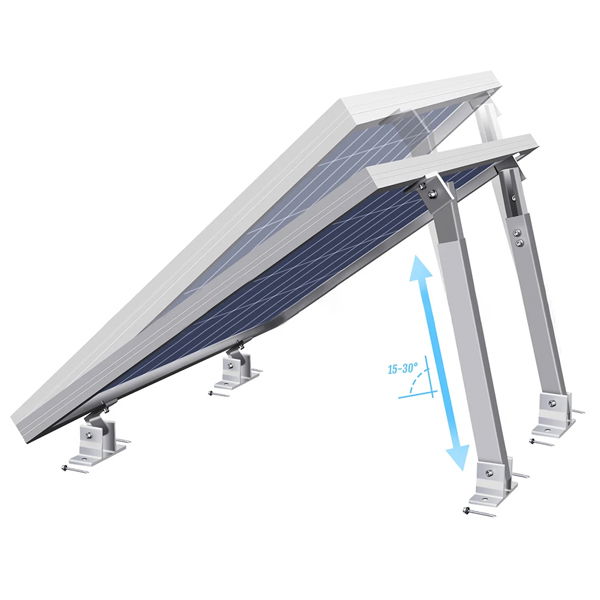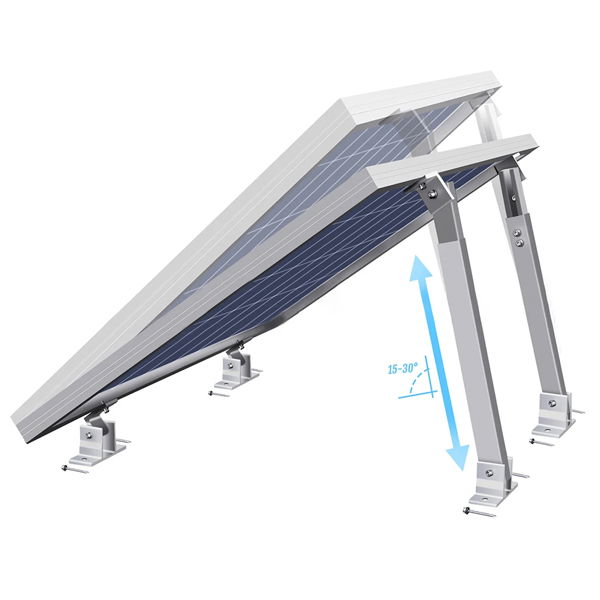Investing in solar energy is a smart decision for both cost savings and environmental benefits. However, one critical component often overlooked is the roof mounting brackets. These brackets serve as the foundation of your solar system, ensuring panels remain securely fastened and optimally positioned for energy production.
Selecting the right mounting brackets is essential for durability, efficiency, and roof safety. This guide will help you understand the key factors to consider when choosing the best roof mounting brackets for solar panels for a stable and long-lasting installation.
1. Understanding Roof Compatibility
Before selecting a mounting bracket, it’s essential to consider the type of roof where the solar panels will be installed. Different roof types require specific mounting solutions to ensure stability and prevent damage.
Choosing the Right Brackets for Your Roof Type
- Shingle Roofs – Use flashing-mounted brackets to prevent leaks and ensure a secure attachment.
- Metal Roofs – Standing seam clamps are ideal as they attach without penetrating the roof.
- Tile Roofs – Opt for specialised tile hooks to prevent breakage and distribute weight evenly.
- Flat Roofs – Consider ballasted mounting systems, which use weight instead of roof penetration for stability.

Checking Roof Load Capacity
Your roof must handle the additional weight of solar panels and mounting brackets. Consulting a structural engineer or solar professional can help determine whether reinforcements are needed.
2. Selecting the Right Material for Durability
Since solar panels are exposed to harsh weather conditions, choosing durable materials for the mounting brackets is essential.
Best Materials for Mounting Brackets
- Aluminium – Lightweight, corrosion-resistant, and commonly used in solar installations.
- Stainless Steel – Extremely durable and rust-resistant, making it ideal for long-term use.
- Galvanised Steel – Coated to resist corrosion but slightly heavier than aluminium.
Weather Resistance and Longevity
Brackets should withstand wind, rain, snow, and extreme temperatures. Ensure that the brackets have undergone load testing and corrosion resistance treatment for long-lasting performance.
3. Fixed vs. Adjustable Brackets: Which One Is Better? Fixed Brackets
- Maintain a constant tilt angle
- Cost-effective and simple to install
- Best for locations with consistent sunlight exposure
Adjustable Brackets
- Allow tilt adjustment for seasonal changes
- Improve solar panel efficiency by optimising the angle
- It is ideal for locations with varying sun positions throughout the year
If your location experiences seasonal shifts in sunlight, adjustable brackets may provide higher energy efficiency.
4. Installation and Maintenance Considerations
A well-installed solar mounting system ensures longevity and minimal upkeep.
Ease of Installation
When selecting roof mounting brackets for solar panels, look for:
- Pre-drilled holes for easy alignment
- Lightweight materials to simplify handling
- Clear installation manuals from the manufacturer
Using brackets for easy installation can reduce labour costs and ensure a secure fit.
Minimal Roof Penetration
Penetrative mounts can lead to roof leaks if not properly sealed. If you prefer a non-intrusive installation, opt for clamp-based or ballasted systems that do not require drilling.
5. Ensuring Solar Panel Compatibility
Not all mounting brackets are compatible with every solar panel type. Verify the following to ensure a proper fit:
Matching Brackets With Panel Specifications
- Weight capacity – Brackets should support the total panel load.
- Rail-mounting compatibility – Ensure the brackets align with your panel’s mounting rails.
- Tilt and orientation – The bracket design should support the desired panel angle.
Checking for Industry Certifications
Look for certified brackets that meet industry strength, durability, and safety standards. Certifications such as UL 2703 ensure the brackets have passed rigorous quality tests.
6. Cost vs. Quality: Finding the Right Balance
While cost is essential, prioritising quality will save money in the long run by preventing frequent repairs or replacements.
Investing in High-Quality Brackets
- Opt for manufacturer-backed warranties to ensure reliability.
- Choose brackets tested for high wind and snow loads.
- Research trusted brands with proven performance in the industry.
Avoiding Common Budget Mistakes
While budget-friendly options may seem attractive, low-quality brackets can lead to instability, reduced panel efficiency, and even structural damage. A slightly higher investment in high-quality roof mounting brackets for solar panels ensures long-term durability and performance.
Conclusion: Secure Your Solar Investment
Selecting the right roof mounting brackets for solar panels ensures a stable, efficient, and long-lasting solar energy system. By considering factors such as roof type, material durability, bracket adjustability, ease of installation, and compatibility with your solar panels, you can make an informed choice that enhances the performance and lifespan of your solar installation.
Investing in premium-quality mounting brackets safeguards your solar system and maximises energy generation while protecting your roof structure. Making the right decision today will contribute to a sustainable, cost-effective solar energy future.

